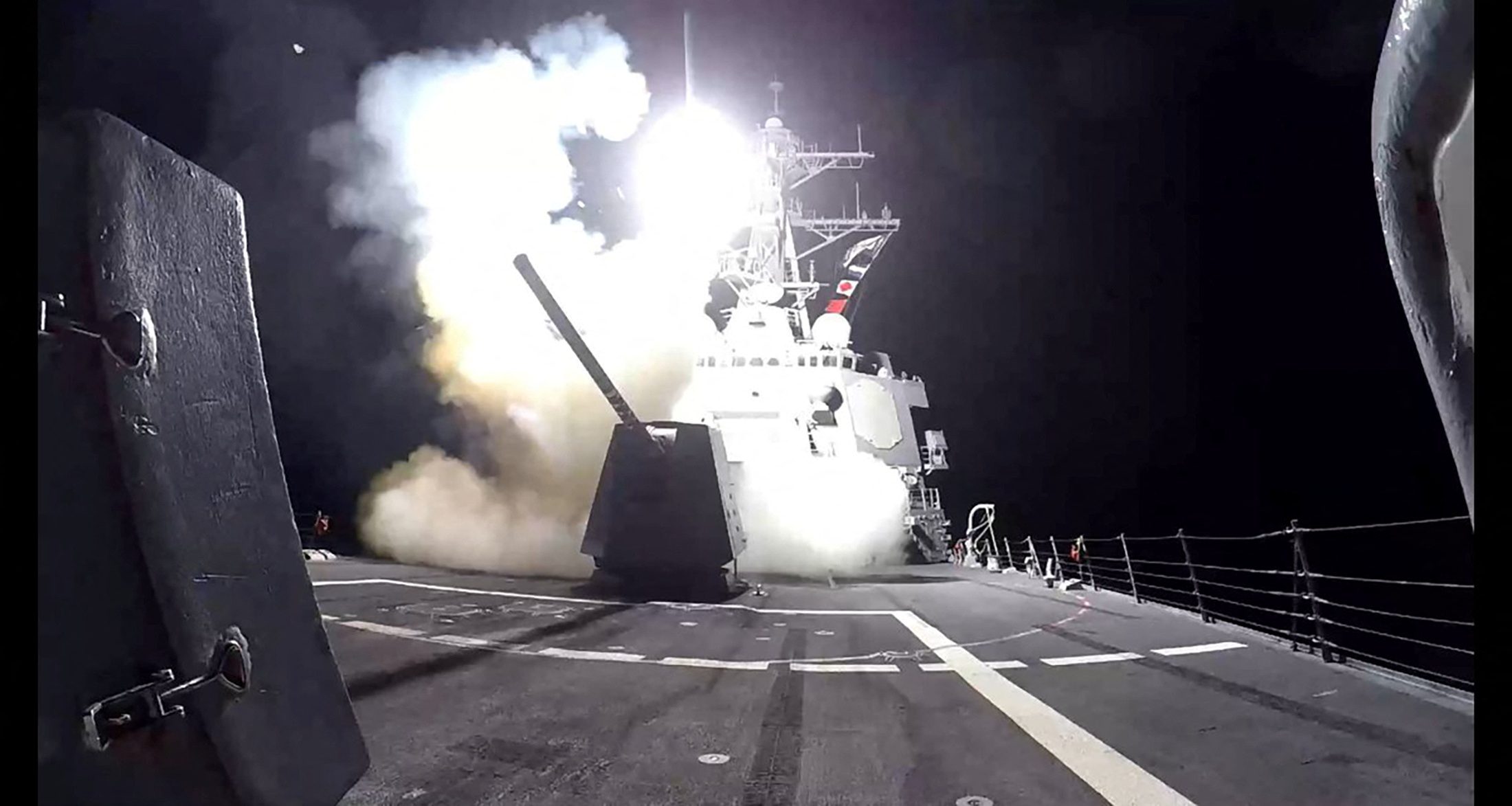A small group of retired officers is hoping to rekindle dormant radio clubs at the US Merchant Marine, US Coast Guard, and US Naval Academy.
by John Konrad, (gCaptain) COVID-19 and war in Ukraine have taught us the importance of getting back to basic skills, and as a result, everything old is becoming new again! As we face new global threats, it’s essential to remember that sometimes the best way to prepare for an uncertain future is to look back and learn from the past. For over 50 years, the Maritime Mobile Service Network (MMSN) has been providing a vital service to ships at sea via Single Sideband (SSB) high-frequency radio. Even today, the service is still available on 14.300 MHz, and most ships still have GMDSS radios that can reach it. But the question is, how do we get young ham radio operators and ship officers interested in keeping this service alive? How can we ensure that the next generation of seafarers are aware of the importance of MMSN and know how to call in and relay messages?
Last week the National Association for Amateur Radio (ARRL) announced that a new Service Academies Radio Group (SARG) was recently formed for alumni and amateur radio operators who are interested in helping students at the five U.S. military academies rebuild long-dormant ham radio clubs.
Naval Academy graduate William Curry (W5CQ), the founder and net control operator for the SARG Net, told ARRL there was a new interest in forming a group and net. He noticed that only one military academy, West Point, W2KGY was still operating a club station. At one time, all US military academy and US State Maritime academies had operating stations.
Related Article: Could An Electrical Pandemic Destroy Shipping?
“The club stations at the U.S. Military Academy, U.S. Naval Academy, U.S. Air Force Academy, U.S. Coast Guard Academy, and the U.S. Merchant Marine Academy all have been off the air for some time,” said Curry. “But we now have 50 new members, all who are interested in promoting amateur radio at all of the academies.”
Alumni working at sea can use their GMDSS radio consoles to tune into club meetings Thursdays at 2200 UTC on 7.280 MHz, and every Saturday at 1600 UTC on 14.338 MHz. All amateur radio operators, whether they are veterans, state maritime academy alumni, or just have an interest in the military or history of the academies, are invited to tune in.
Maritime Mobile Service Network
Ships officers, crew, and licensed ham radio operators not associated with an academy can still participate in helping to build and maintaine the essential networks that will serve as a critical link if satellite communications is crippled by a virus, war or natural electrical catastrophe.
One way to help is by simply tuning to the Maritime Mobile Service Network (MMSN), which is an international network of volunteer amateur radio operators who provide communications services to ships at sea. The network is operated by volunteer radio operators from around the world. The network provides a vital link between ships and shore-based stations, allowing them to communicate with each other and with other vessels in the area.
MMSN provides a range of services, including distress and safety communications, weather reports, navigational warnings, and general maritime information. The network also provides a platform for recreational activities such as contests and awards.
The MMSN is an important part of the global maritime safety system, providing a vital link between ships and shore-based stations. The network is also used to provide emergency communications in the event of a disaster at sea. MMSN provides a range of services, including distress and safety communications, weather reports, navigational warnings, and general maritime information. The network also provides a platform for recreational activities such as contests and awards.
Learning always starts by listening. Those interested can learn more via their website or by tuning in to their network – it can be accessed via most GMDSS, Ham HF, or SSB radios by setting the dial to 14.300MHz during scheduled times – you can gain a better understanding of how the net operates and be prepared to transmit messages or share your expertise with other vessels in the future.
Captains aboard ships worldwide are encouraged to have junior officers and cadets dive into the ship’s GMDSS manual and demonstrate their ability to tune in and listen to MMSN.
Note: While MMSN volunteers are willing to help in an emergency, ships in distress should first contact authorities like the US Coast Guard directly via official radio distress frequencies.
Article by John Konrad, K5HIP

 Join The Club
Join The Club











